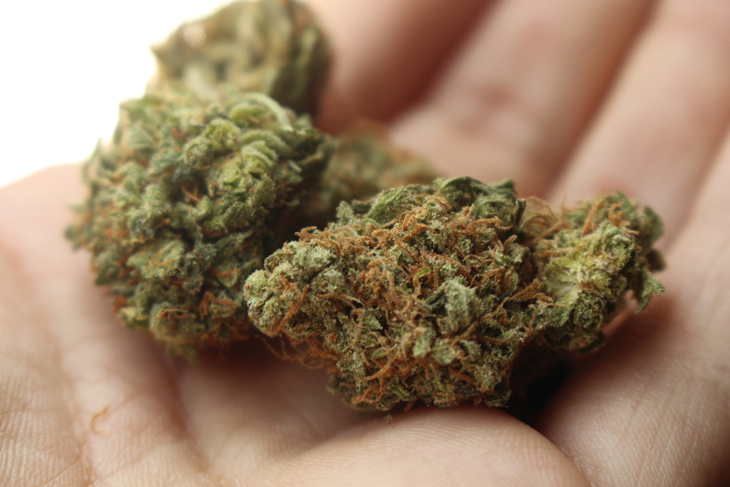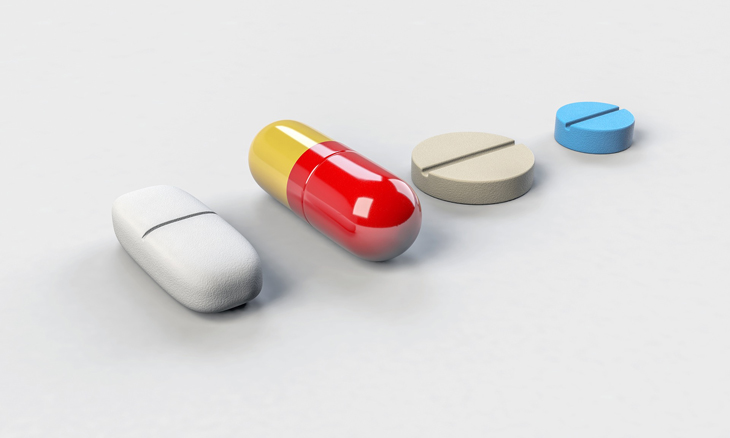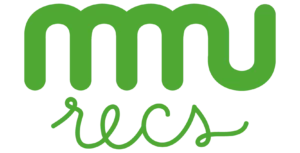In recent years, medical marijuana has been through a transformation of sorts. It’s gone from being a taboo and negative subject to becoming more widely accepted, and even preferred, by some as an alternative to modern conventional medicine. There are various proven benefits as well as downsides to taking medical marijuana, so it’s always best to do some research and speak to a medical professional before considering this form of medication.
In the past marijuana, which is also known as weed or cannabis, was illegal and viewed as a recreational drug. Today, it is still illegal in most countries, but in the US, it has become legal for medicinal use in 29 states, including California and New York.
Some of the benefits seen after the use of this unique plant include easing epileptic seizures, chronic pain and inflammation, in addition to treating anxiety and depression. If it’s so useful then how come everybody with these ailments don’t use it?
Why Isn’t MMJ Widely Accepted?

Although medical marijuana is widely accepted in many US states, there is still a stigma attached to it.
Firstly, it is still slowly but surely becoming accepted as a safe alternative to conventional pharmaceutical drugs, but there is still doubt among many as to the efficacy and ability to treat certain diseases. Furthermore, a lot of scientific research is still to be done, and it may not be widely available or affordable for those that do wish to use cannabis to help with their illnesses.
Because of the stigma still attached to cannabis, many people who still consider it a drug question its suitability, and the thought of allowing it for adults – never mind for children or teenagers, even if it is in the form of medicine – would seem unacceptable. There has been proof however, that it helps with glaucoma, an eye disease which creates pressure on the eyeball, and this normally affects people over the age of 40.
It also slows down the progression of Alzheimer’s, a mental disease that normally occurs in middle or old age, and it is said to help arthritis and insomnia. It is even known to slow down the growth of cancer cells.
But does this mean that medical marijuana can only benefit the elderly?
Breaking the Myth That Medical Marijuana is Only for the Elderly
Because there are various methods to take medical marijuana, like in the form of tinctures, smoking, vaporizing or edibles, it is actually suitable for young people and children, as well as the elderly.
For example, there have been recent reports of parents giving cannabidiol – a cannabis oil extract to their children to help treat epilepsy and even cancer. This form of medical marijuana means that none of the plant has to be smoked – rather, a few drops of oil are put in the mouth or even mixed with food and consumed.
Also, there is no THC, meaning no ‘high’ or psychoactive effects that occur, therefore people can get on with their day to day lives without having to worry about not being clear-headed.
Moreover, medical marijuana has also been reported to provide therapeutic benefits to children with autism, which currently affects more than 400,000 children in the US and is an increasing developmental disorder. Because of the different ways available to take medical marijuana, it can actually be very safe and a good alternative option to help young people.
Tinctures and edibles are normally the ideal way for children, as it is easy to control the dosage, the taste is mild and it can provide long-lasting relief. Another reason medical cannabis may seem an attractive option to parents is the fact that it comes from a plant and therefore, is viewed as more natural – as opposed to manmade medicine.
In addition to this, conventional prescription drugs can have negative side effects, such as addiction to these drugs for pain relief, nausea, vomiting, loss of appetite and headaches. If this is the case, then it may be worth considering the other route in the form of medical cannabis.

One benefit of using natural medical marijuana over prescription drugs is less chance for unwanted side effects.
It is worth noting that medical marijuana may not be for everybody, so it’s a good idea to educate yourself on all the options and speak to your doctor. Although it is legal in 29 states, a downside is that you have to go through a process and see if you qualify for the medicine. If you do, it can also be very pricey and difficult to obtain.
In conclusion, medical marijuana – although still controversial with opposing views and opinions – has shown benefits to people of all ages, and should not be viewed as only advantageous to the elderly. It has many benefits and is viewed as a safer and more natural option to pharmaceutical drugs, which can in some cases, be ineffective and cause unwanted side effects.
However, there is still more research to be conducted to prove the long-term advantages of this alternative medicine, but the results so far seem promising.
